This coming Labor Day weekend (September 5th-7th) I will attempt to summit as many Adirondack high peaks as possible in a 24 hour period. My previous best is 21 peaks (over 22.5 hours, back in 2007) and I hope to do more than that, with 24 peaks as an ultimate goal. I'm doing this to support 46 Climbs for Suicide Prevention, which is an organization that aims to raise money for the American Foundation for Suicide Prevention's research, education and prevention initiatives through mountain climbing.
I met 46 Climbs founders Kolby Ziemendorf and Catherine Zarnofsky last year as they planned their attempt to climb all 46 Adirondack high peaks during National Suicide Prevention Week. Their trip was a huge success, raising $14,500 for the AFSP. This year they have brought 46 Climbs to the rest of us: anyone can register to do a hike and raise money, whether they are hiking in the Adirondacks or in California.
How you can help: Please consider donating to my hike using the donate button below. Any amount is appreciated, and the more people I have supporting me the more motivation I'll have to keep going when I hit a low point during the day or night! Alternatively you can visit the 46 Climbs site and register for your own climb (big or small, one peak or many, it doesn't matter) and ask your friends to support your effort. Thanks!
I met 46 Climbs founders Kolby Ziemendorf and Catherine Zarnofsky last year as they planned their attempt to climb all 46 Adirondack high peaks during National Suicide Prevention Week. Their trip was a huge success, raising $14,500 for the AFSP. This year they have brought 46 Climbs to the rest of us: anyone can register to do a hike and raise money, whether they are hiking in the Adirondacks or in California.
How you can help: Please consider donating to my hike using the donate button below. Any amount is appreciated, and the more people I have supporting me the more motivation I'll have to keep going when I hit a low point during the day or night! Alternatively you can visit the 46 Climbs site and register for your own climb (big or small, one peak or many, it doesn't matter) and ask your friends to support your effort. Thanks!
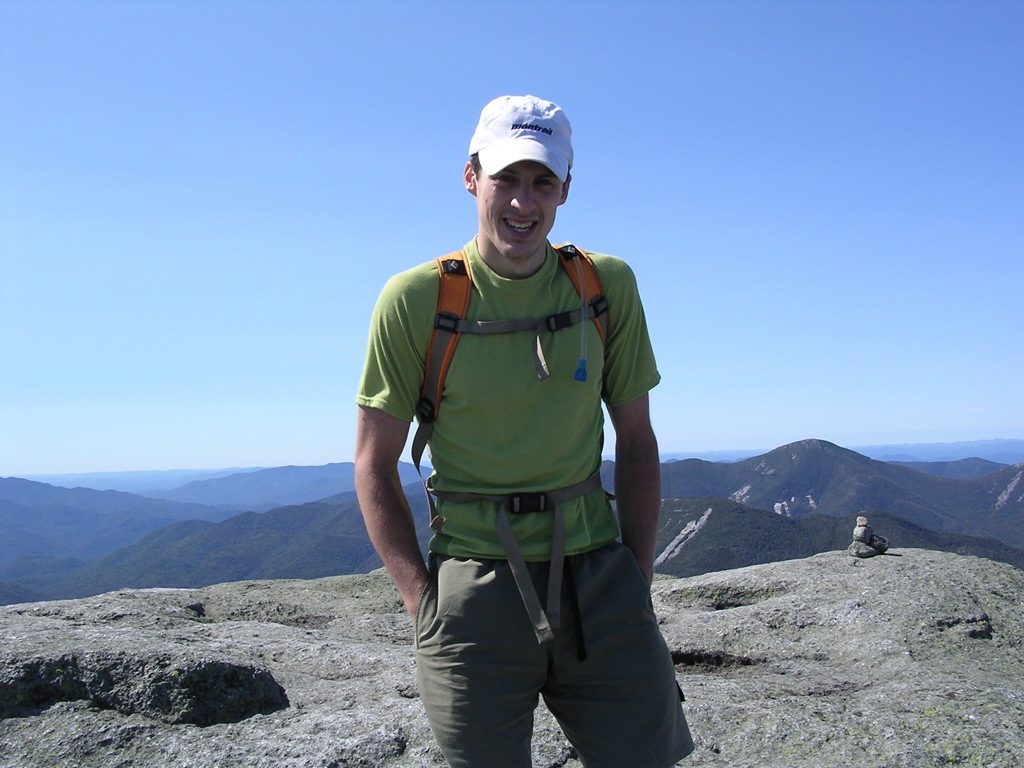
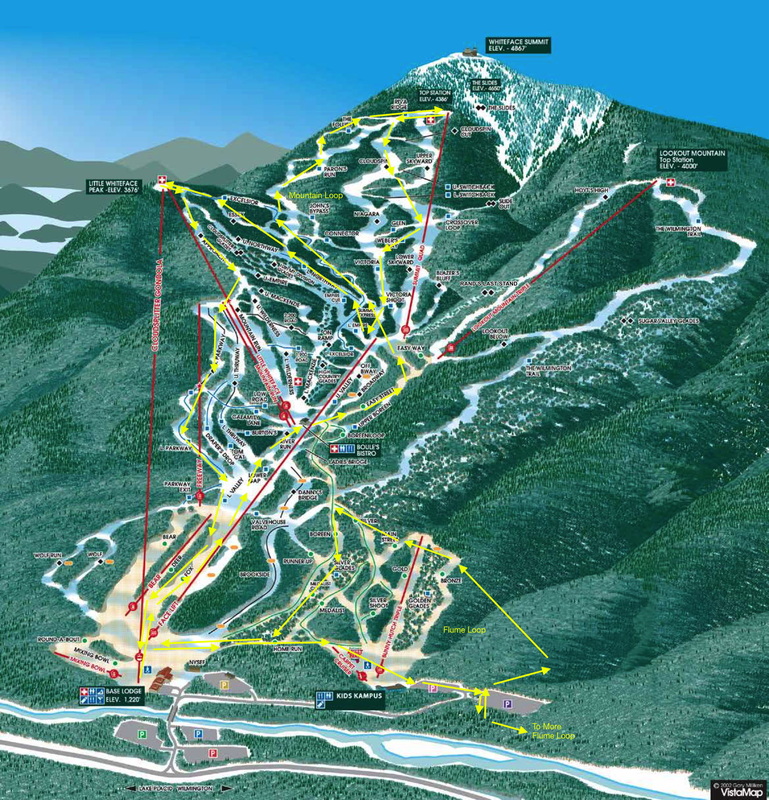

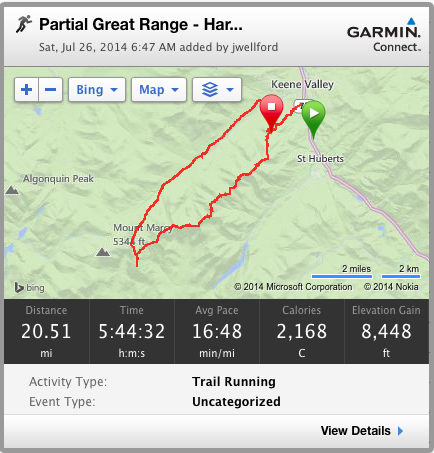
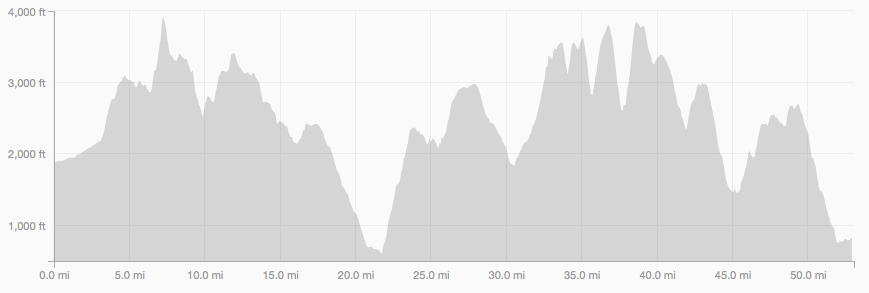
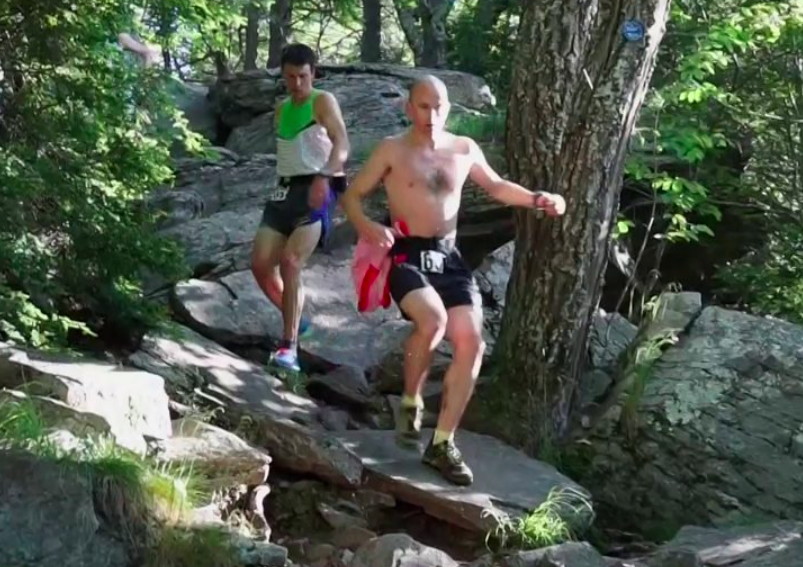
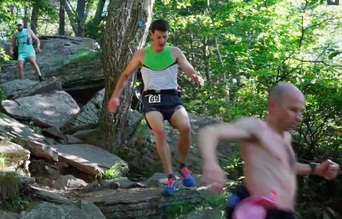
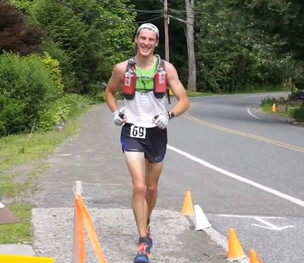
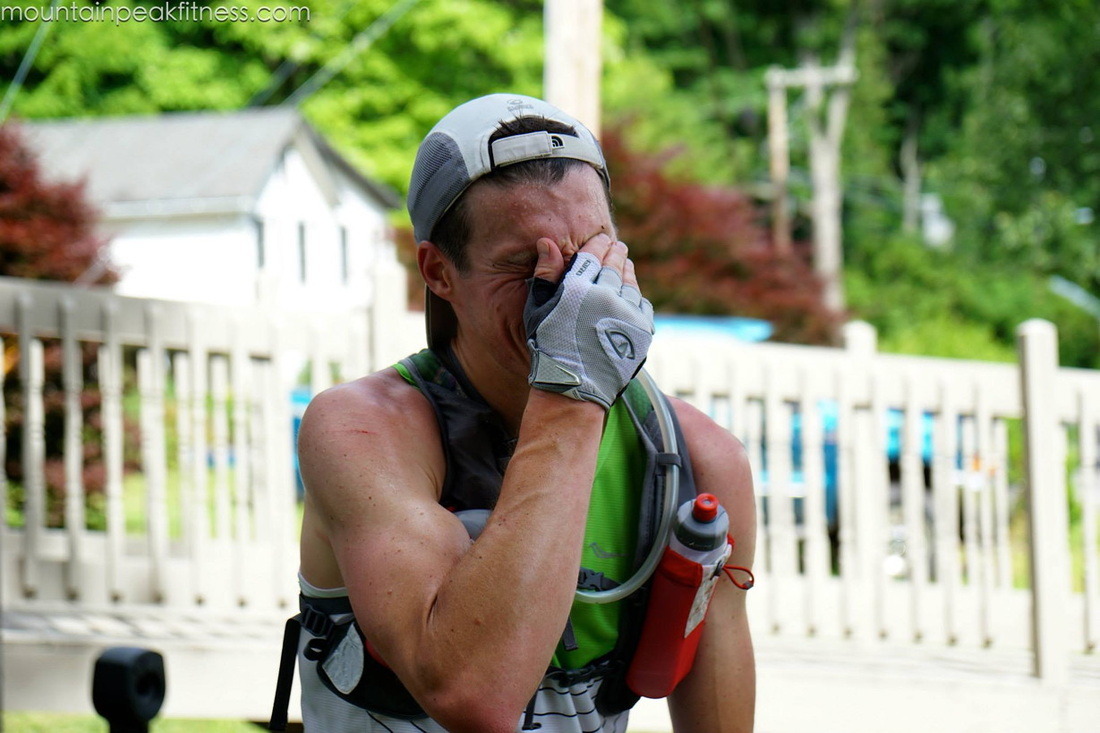
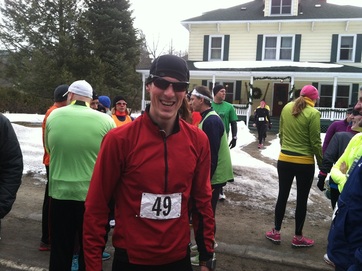
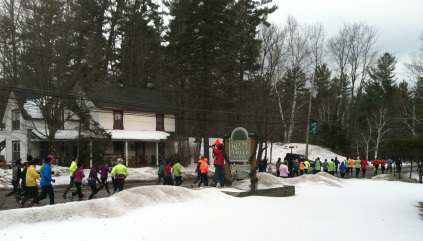
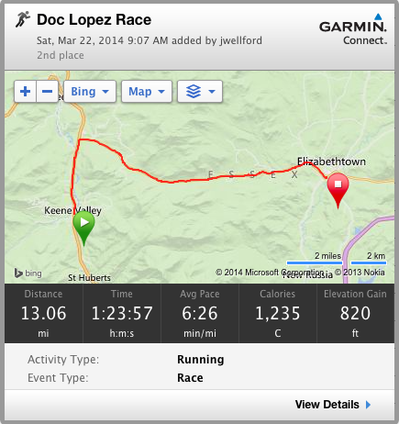
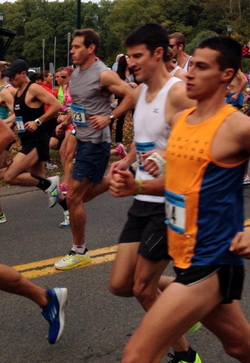
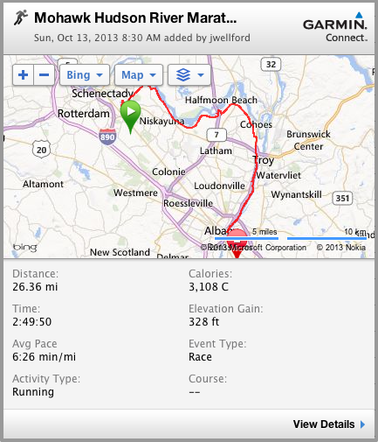
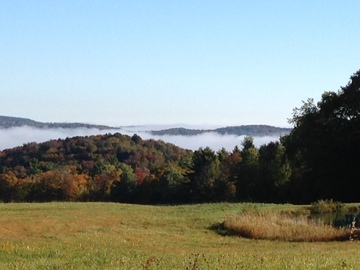
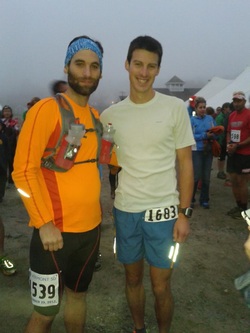
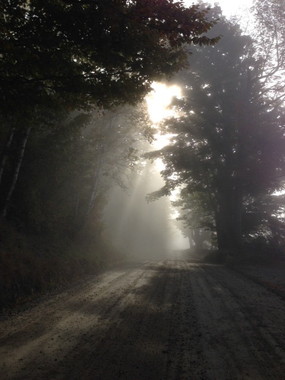
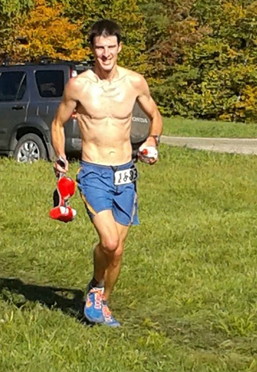
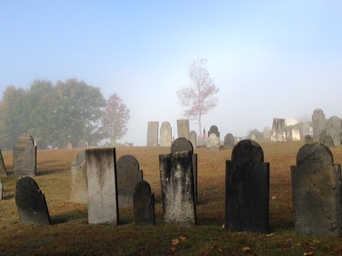
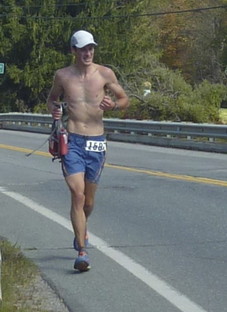
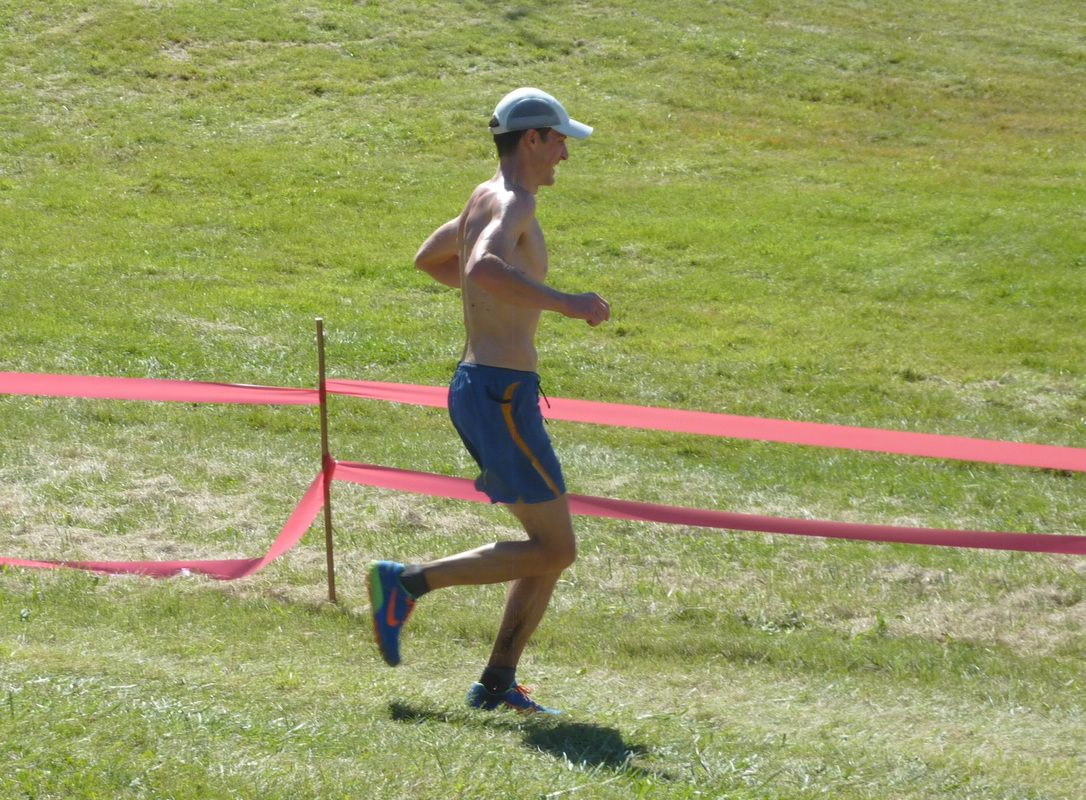
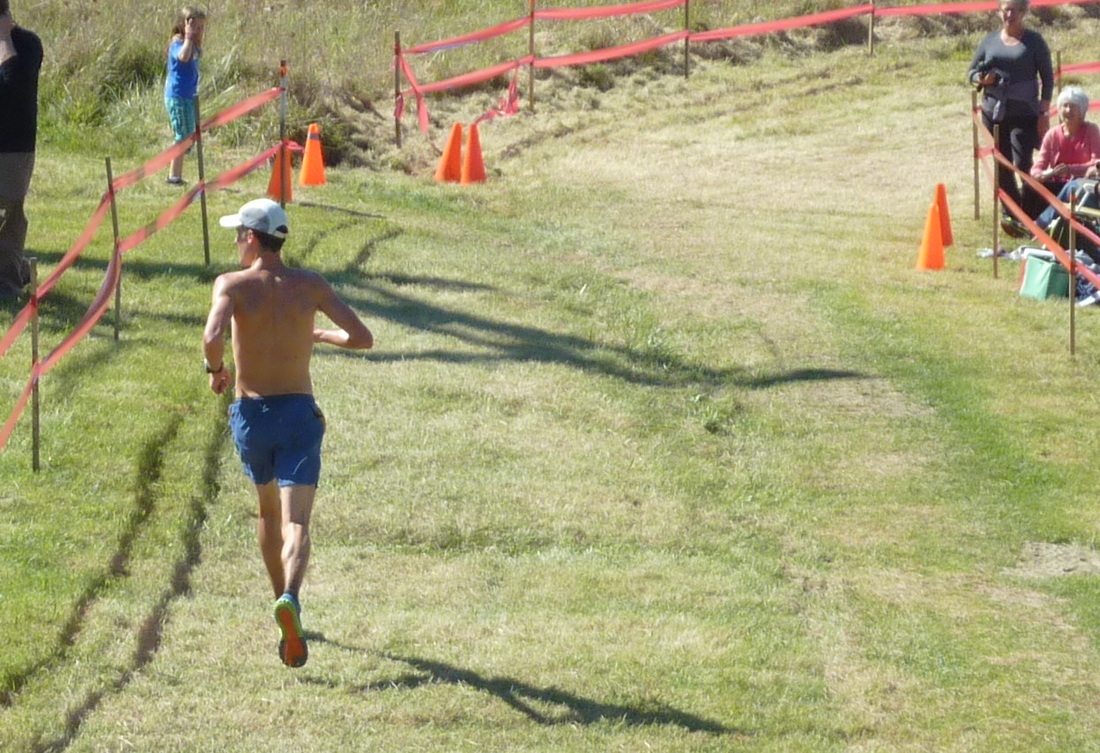
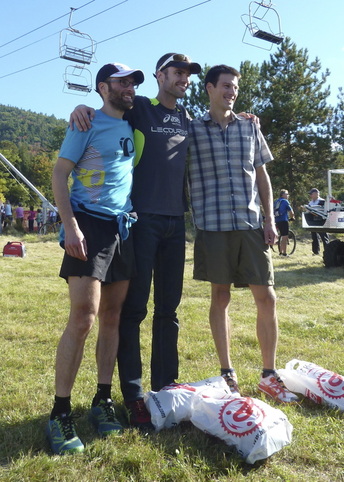
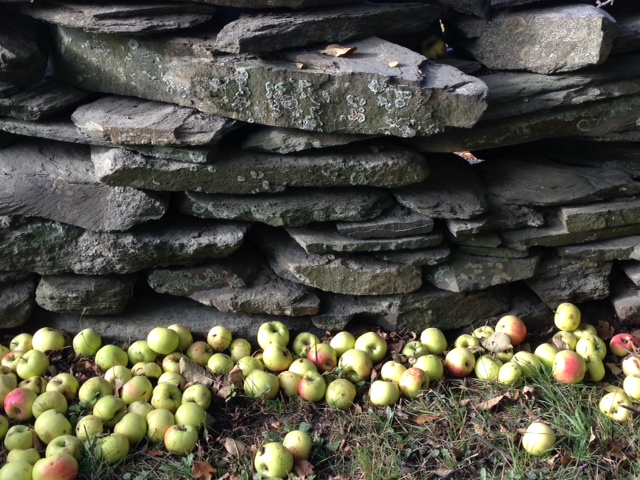
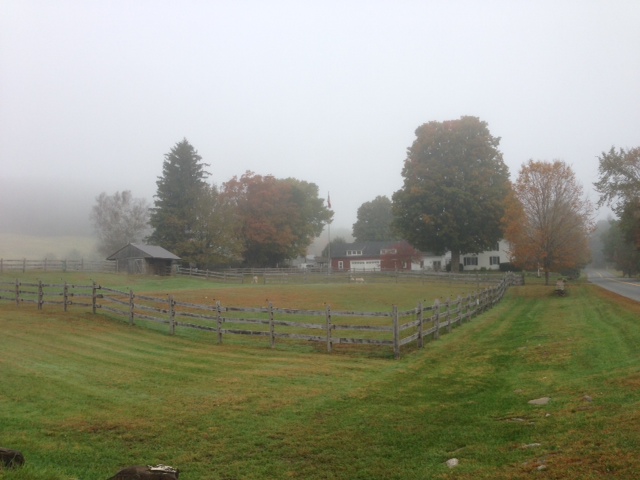
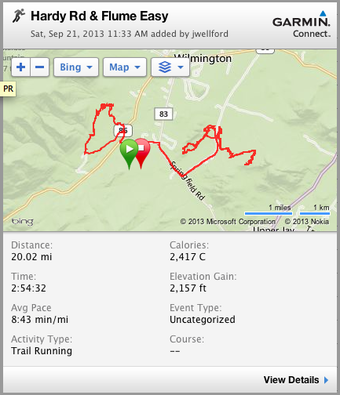
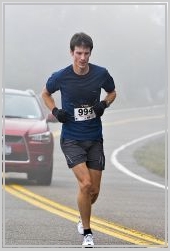
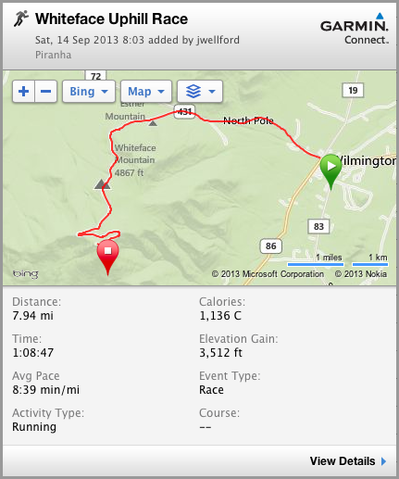
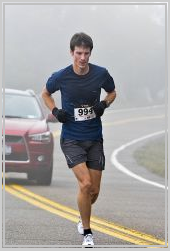
 RSS Feed
RSS Feed
